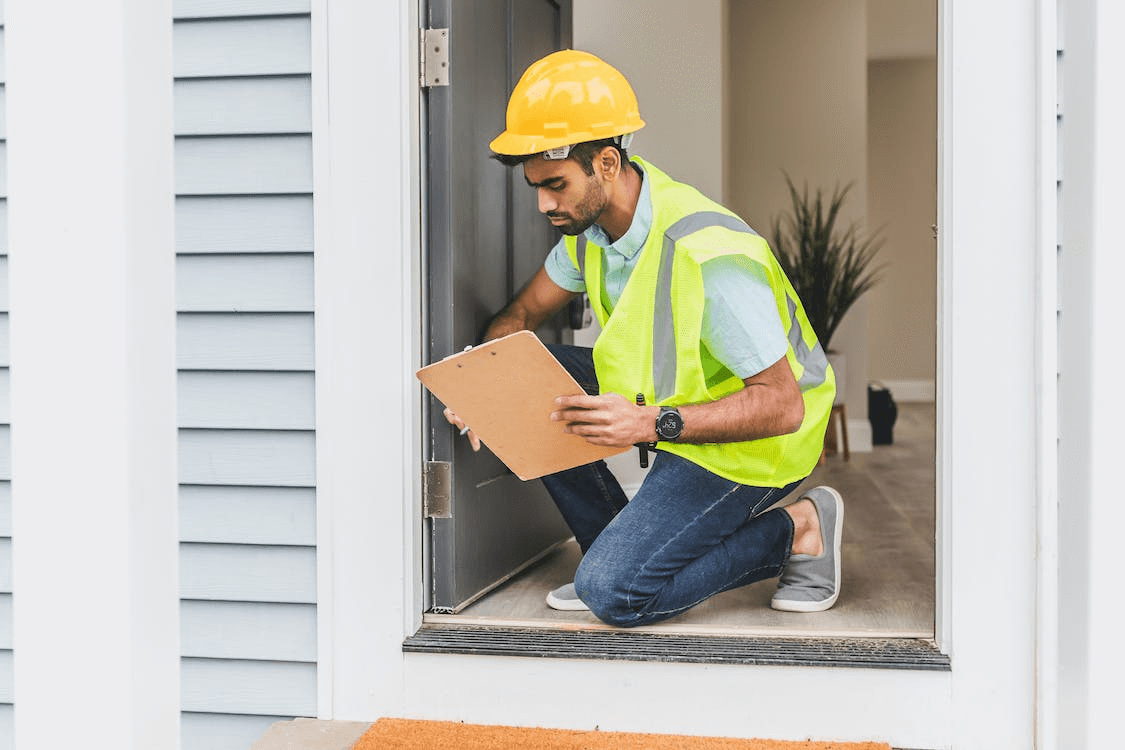The right furnace size for your home is paramount to the safety and comfort of occupants. If the furnace is too small, it won’t heat the space efficiently. It cannot keep up with temperature drops in colder climates, especially during chilly days.
When the unit constantly runs to keep up, it results in more uneven heating, wear and tear, and energy bill spikes. Investing in a furnace that’s too big can waste energy, create an uncomfortable environment, and shorter lifespans.
How Furnaces are Measured
Furnace capacities are measured in British Thermal Units (BTUs). It refers to the amount of energy required to increase the temperature of each pound of water by each degree Fahrenheit.
BTUs are also useful in measuring boilers, air conditioners, heat pumps, and similar devices. Since home heating needs vary significantly, you can find furnaces in a wide variety of BTU ratings and sizes. It’s essential to calculate the right size furnace for your home.
Qualified HVAC services provider at Statewide Heating, Air Conditioning & Refrigeration can help you determine the best size that suits your home’s heating needs effectively. Let’s look at a few factors that impact the choice when selecting the right size furnace for your home.
#1- Size of Your Home
Bigger homes require larger-capacity heating systems. Determine the approximate square footage of your home. If you’re unsure, look up the blueprints or online home listings. If none of those work, gauge it by multiplying the width and length of each heated room on every floor in the house. Add the totals to find the total square footage of the house.
#2- Climate
Homes in the United States can be located in any of the seven different climate zones—Zone 7 being the coldest and Zone 1 the hottest. The average home requires between 30 BTUs to 60 BTUs per square foot.
But depending on where your home is located, its heating needs could differ drastically from someone in another part of the country.
Calculating it is easy using the formula:
Climate zone heating factor X household square footage.
It will give you the total BTU output required to heat your home efficiently.

#3- Insulation
Many people overlook the importance of home insulation when calculating BTUs. Insulation plays a key role in energy efficiency; therefore, an adequately insulated home will yield reduced energy bills and require less HVAC upkeep because the system runs efficiently without added pressure on the unit.
On the contrary, poor insulation may increase air leakage, forcing the system to push out more air to maintain the desired temperature. Homes with insufficient or older insulation can use the higher zone range and vice versa. If your home is two stories, a slightly lower BTU per square foot would be required as the upper floor will help insulate the place.
If your current furnace is too small or too large, consider reaching out to the professionals at Statewide Heating, Air Conditioning & Refrigeration to replace it. You can also consult us before installing a new one.
An appropriately sized system will improve energy efficiency and keep bills low without compromising comfort or putting a dent in the unit’s lifespan. Regular maintenance is recommended to identify minor issues before they escalate into bigger problems.
Preventive maintenance also helps ensure the system is free of leaks and blockages, keeping it running at peak efficiency. If you need an assessment, installation, maintenance, or repair HVAC services Norman, we serve clients in many areas, including Cleveland, Oklahoma City, Moore, Norman, Midwest City, and Del City. Call now to book an appointment!
The post How to Choose the Right Size Furnace for Your Home appeared first on Statewide Heating Air Conditioning & Refrigeration LLC.

